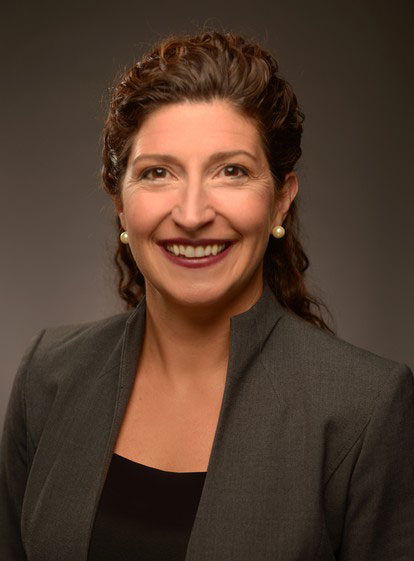A VC Perspective on Consumerism in Healthcare
Conference 2018
 Jessica Zeaske, a Director of Healthcare Investments at GE Ventures gives her perspective on how technology is changing the way consumers interact with the healthcare industry. Listen to more of Jessica’s thoughts at the conference panel: Finding Opportunities to Create Value in an Increasingly Consumer-Centric Environment on Friday, February 23.
Jessica Zeaske, a Director of Healthcare Investments at GE Ventures gives her perspective on how technology is changing the way consumers interact with the healthcare industry. Listen to more of Jessica’s thoughts at the conference panel: Finding Opportunities to Create Value in an Increasingly Consumer-Centric Environment on Friday, February 23.
Pulse: What do you look for in an investment?
JZ: The three factors I spend the most time on when looking at an investment are the customer readiness to buy, the team, and the company’s solution. I first want to make sure payers and providers have already expressed interest and are ready to buy a solution for this problem. The problem needs to be known, but the solution can be novel. I look for teams that can understand these problems in depth and then can bring a disruptive solution to market. Some companies preserve the status quo but do it in a slightly different way, like using the internet instead of fax. I prefer new business models that can penetrate the organization and change the status quo.
Pulse: What is a disruptive change you’ve seen?
JZ: The role and responsibility of the individual patient is beginning to fundamentally disrupt the standard operating procedures in healthcare. As healthcare systems and insurance plans are changing to put more emphasis on the individual and put more risk on him or her, wrapping the patient in behavioral support and navigation tools is going to be essential moving forward. Healthcare needs to adapt to the patient as the end consumer. We are starting to see more consumer-facing telehealth and an increasing focus on customer service enabled by hospital CRM systems.
Pulse: What are some of provider needs you are trying to address?
JZ: Two provider pain points are: attracting patients to the health system to increase top line revenue and keeping patients in the system to prevent leakage. This requires communication with the patient for care coordination, and in the past, this wasn’t possible because data around the patient was siloed. Early adopters are now starting to build CRM systems for personalized communication with the patient. Many health systems are still wrapping up EMR installations, but this will be the next big project.
Pulse: How do you convince a provider to implement a disruptive technology solution when they are still so far behind other industries in term of technology adoption?
JZ: Healthcare is usually slower to adopt technologies than the general market because the industry is very heavily regulated and because you are dealing with people’s lives. The paradox is that most individuals working within health industry love technology, accept innovation, and want to move market forward. But infrastructure and regulation require a metered approach. When a tech solves a pain point it can be adopted quickly.
Pulse: Do you have any examples of disruptive technologies that you’ve invested in that were either adopted quickly or weren’t? Why?
JZ: On the Administrative side, disruptive technology can be adopted more quickly than on the clinical side. A.I. and machine learning solutions for scheduling, claims processing and analytics are being adopted fairly rapidly (for healthcare at least). Most major disruptions, like virtual care and telemedicine still take decades to fully adopt.
Pulse: Healthcare technologies can touch many stakeholders other than the buyer (e.g., physicians, payer, patients, families). How do you think about these stakeholders when investing in a product?
JZ: When investing, we need to fully understand how the software is going to be used down the value chain. Some solutions are B2B2B2C, and we need to make sure the solution is a win at each segment. That chain is tricky to navigate, and we look for teams in early stage companies that truly understand this chain and the depth of the healthcare market.
Pulse: What is a major trend you see going forward?
JZ: As I mentioned before, the healthcare system is evolving to put the patient more in the center so I do see a more retail-focus coming throughout healthcare. This is also being forced by different payment mechanisms and the competitiveness of healthcare systems. It’s also being influenced by the ability to bring solutions to customers in settings outside of the hospital. All of these trends are going to push health plans and hospitals to look at the customer experience as well as the outcomes of that patient after the treatment.